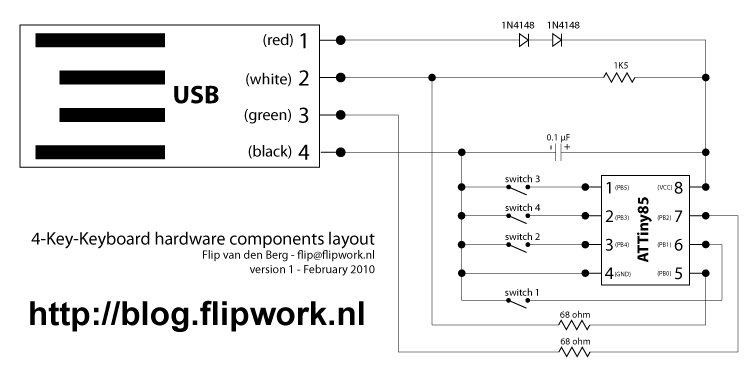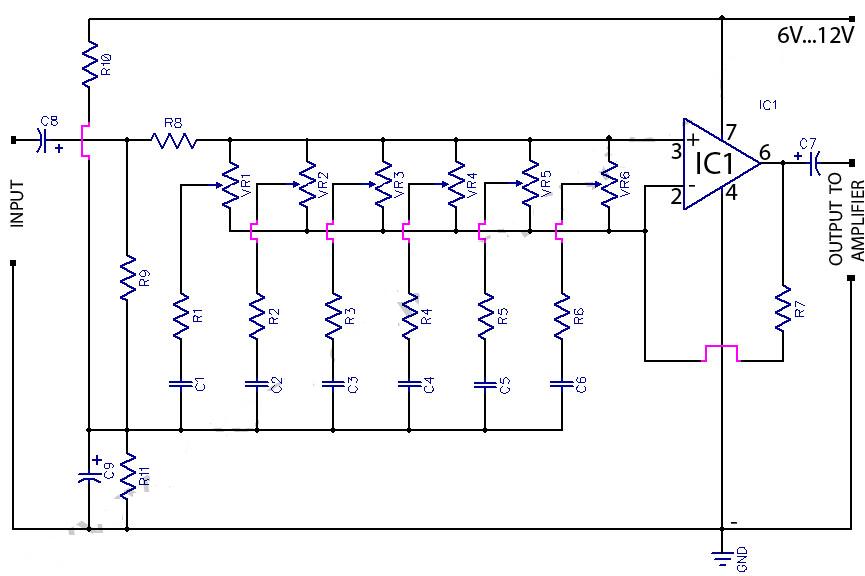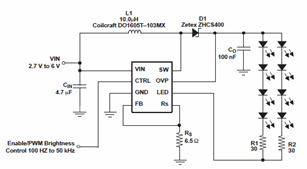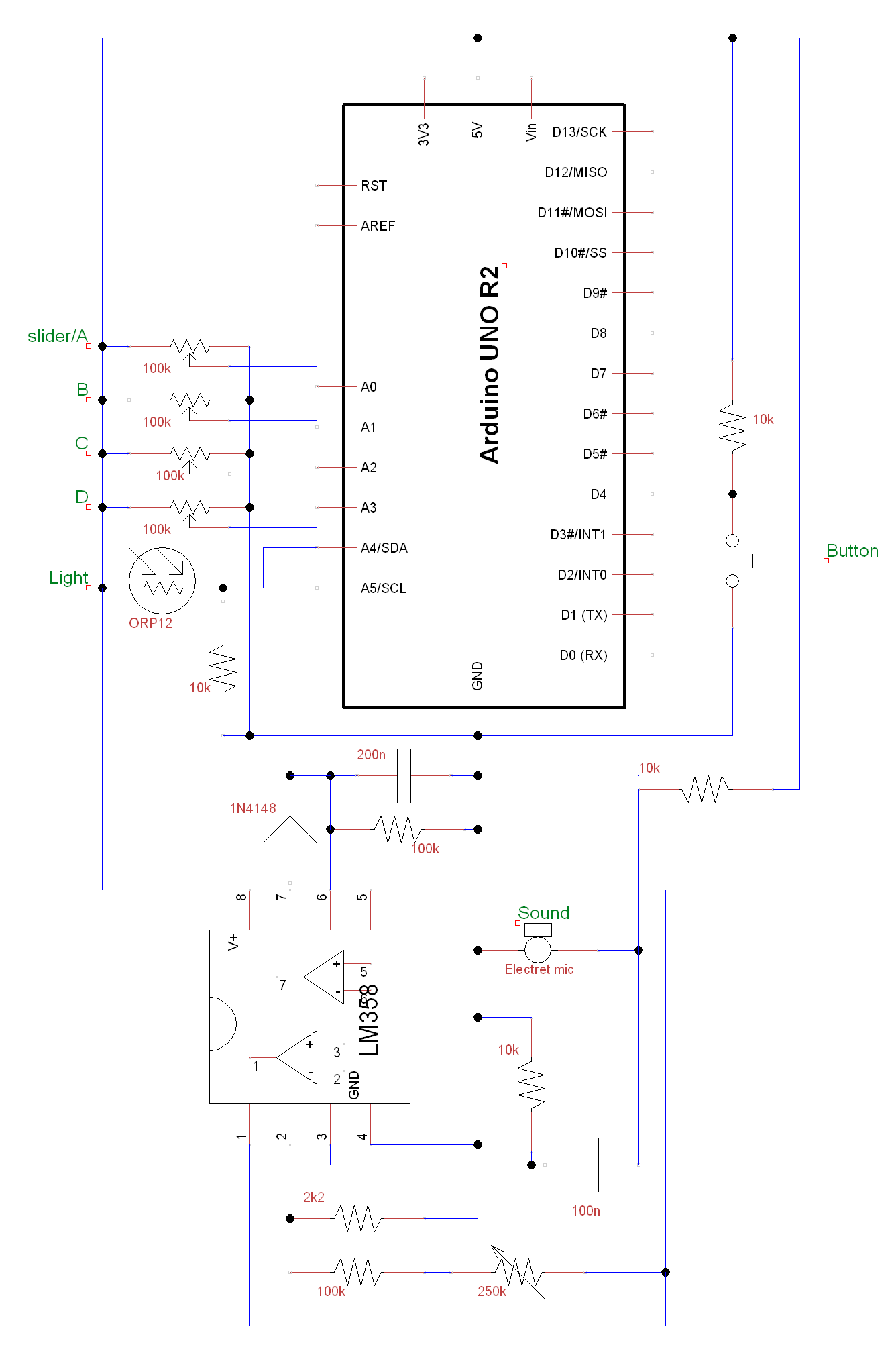
using RF modules with HT12e/d
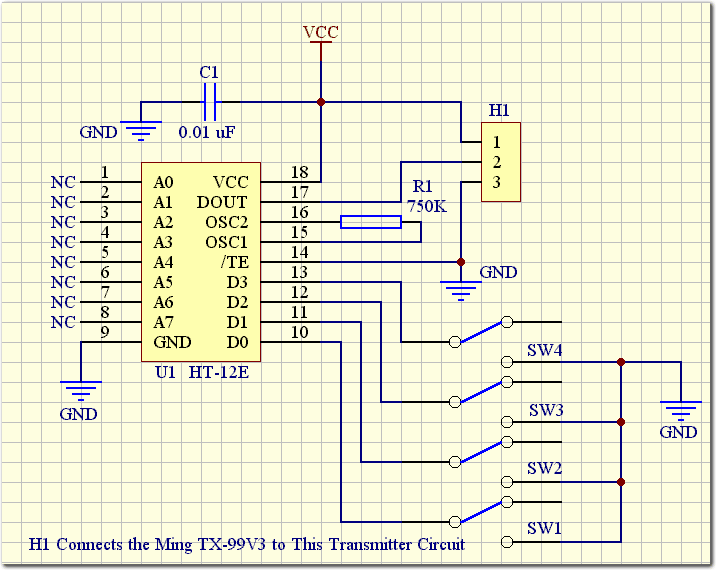
The address bits in the encoder are unconnected, while they are grounded in the decoder. It is advisable to connect them to ground in the encoder as well. Additionally, when the keys in the transmission circuit are open, the input bits are unconnected. Therefore, it is recommended to pull up D0 to D3 of the encoder to VCC using a resistor of at least 1k ohms. It is important to ensure that matching resistors have been selected for both the encoder and decoder, following the guidelines in the datasheet.
To implement the described circuit effectively, it is necessary to ensure that the address bits of the encoder are properly connected to a defined logic level to avoid floating states that can lead to unpredictable behavior. Connecting these bits to ground will ensure that they are at a known low state when not actively driven by other signals.
Furthermore, when the transmission circuit keys are open, the input bits D0 to D3 should not be left floating. To mitigate this issue, pull-up resistors should be used. A pull-up resistor connected from each of these data lines to VCC (the positive supply voltage) will ensure that the input bits are held at a high logic level when the keys are open. The specified resistor value of at least 1k ohm is appropriate for most applications, providing a balance between power consumption and response time.
It is also crucial to ensure that the resistors used in both the encoder and decoder circuits are matched in value. Discrepancies in resistor values can lead to mismatched signal levels, which may result in communication errors between the encoder and decoder. Therefore, consulting the datasheet for recommended resistor values and tolerances is essential for maintaining signal integrity.
In summary, the circuit design should include proper grounding of the encoder's address bits, the implementation of pull-up resistors for the data lines, and the selection of matching resistors according to the specifications provided in the datasheet to ensure reliable operation of the encoder-decoder system.Your address bits in the encoder are floating, while those are connected to ground in the decoder. Do the same in the encoder also. Also note that when the keys in the transmission circuit are open, your input bits are floating, So pull up D0 to D3 of the encoder to VCC using a resistor not less than 1k. I hope you`ve selected matching resistors for the encoder and decoder, after going through the datasheet.
🔗 External reference
To implement the described circuit effectively, it is necessary to ensure that the address bits of the encoder are properly connected to a defined logic level to avoid floating states that can lead to unpredictable behavior. Connecting these bits to ground will ensure that they are at a known low state when not actively driven by other signals.
Furthermore, when the transmission circuit keys are open, the input bits D0 to D3 should not be left floating. To mitigate this issue, pull-up resistors should be used. A pull-up resistor connected from each of these data lines to VCC (the positive supply voltage) will ensure that the input bits are held at a high logic level when the keys are open. The specified resistor value of at least 1k ohm is appropriate for most applications, providing a balance between power consumption and response time.
It is also crucial to ensure that the resistors used in both the encoder and decoder circuits are matched in value. Discrepancies in resistor values can lead to mismatched signal levels, which may result in communication errors between the encoder and decoder. Therefore, consulting the datasheet for recommended resistor values and tolerances is essential for maintaining signal integrity.
In summary, the circuit design should include proper grounding of the encoder's address bits, the implementation of pull-up resistors for the data lines, and the selection of matching resistors according to the specifications provided in the datasheet to ensure reliable operation of the encoder-decoder system.Your address bits in the encoder are floating, while those are connected to ground in the decoder. Do the same in the encoder also. Also note that when the keys in the transmission circuit are open, your input bits are floating, So pull up D0 to D3 of the encoder to VCC using a resistor not less than 1k. I hope you`ve selected matching resistors for the encoder and decoder, after going through the datasheet.
🔗 External reference
